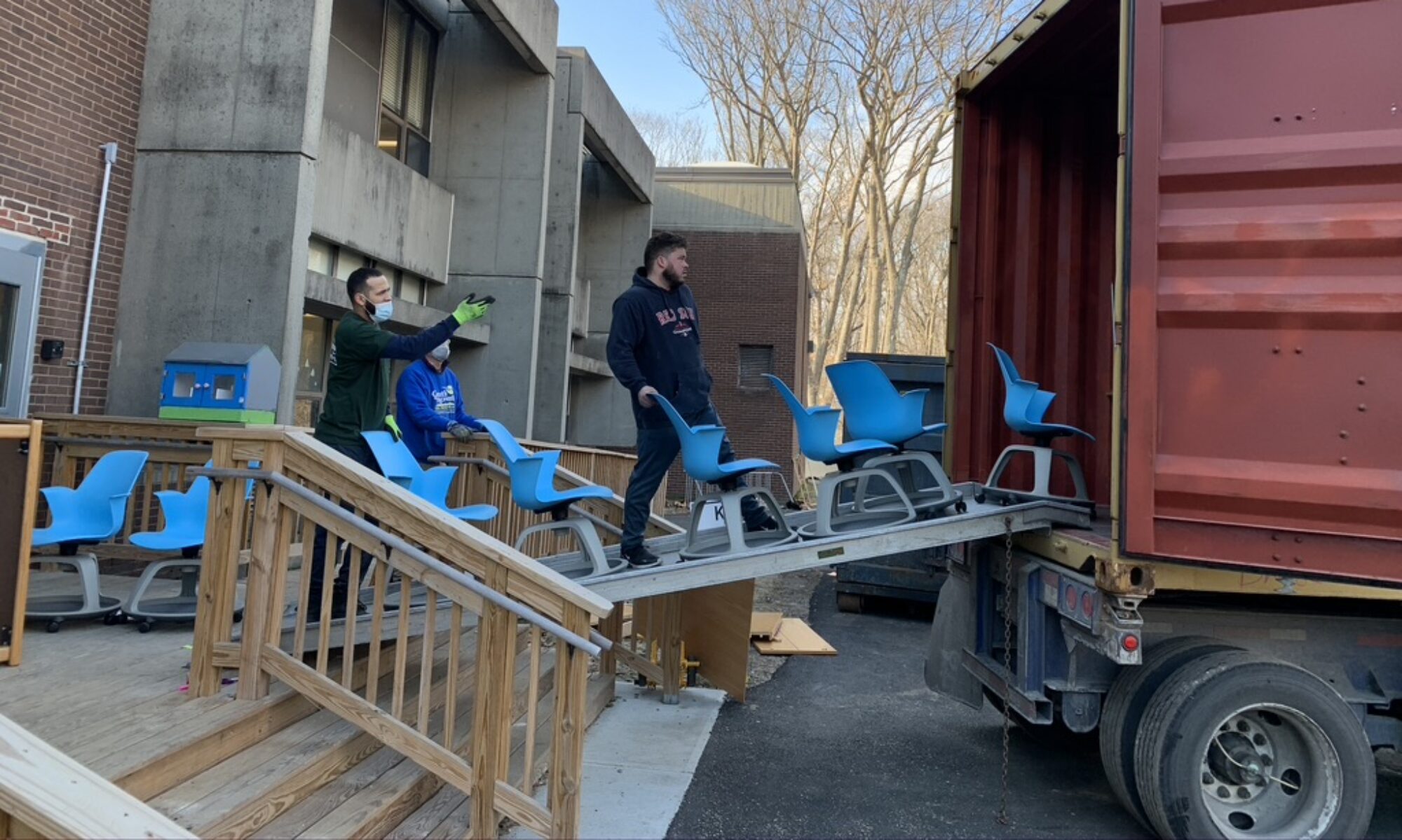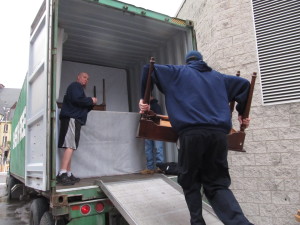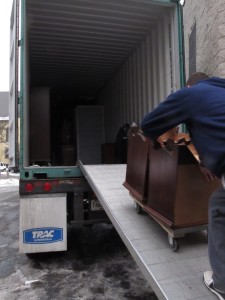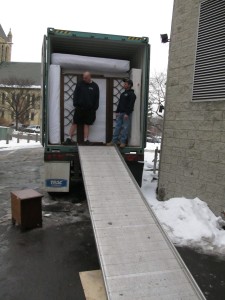I went to a Prestigious Undergraduate Institution. It doesn’t matter which one, because in the subject matter of this story I think they are pretty much all the same. They are the same in this: When it comes to sustainability vs institutional prestige, prestige wins, sustainability loses.
Here is what this particular Prestigious Institution has to say about sustainability:
Sustainability “require(s) us to bring together the best technologies, people, and ideas to create a way forward. … Now is our moment, a chance to use our strengths to create something even more powerful than anything we have done before. We can become a world leader in solving sustainability challenges at a moment when this is exactly what the world needs. “
In the years since I went to this school the student population has increased by about one hundred individuals, a little over two percent. In those same years, the physical plant has increased by this: new Life Sciences building, new Psychology building, something called Sudikoff Hall, new Math building (which is actually two buildings), doubling in size of the Library, new Physics building, new Government building, doubling in size of the Engineering School, thirteen (!) new dormitories, new boathouse, new rugby clubhouse, tripling in size of the gym, new sports training facility, new art museum, new Visual Arts center, new nameless office building, new baseball facility, new tennis center, new lacrosse facility, a dozen new sororities and fraternities, and what am I missing? For 100 students, the school has more than doubled its physical plant. The school has also developed a few hundred thousand feet of retail and office space on properties it owns in the community. And there are a bunch of new buildings down at the business school; their student population, I believe, has increased by zero.
To be fair, the school has knocked down buildings as well: the old Math building, old computer center, one dormitory, a bunch of private buildings it has taken over.
I’m quite sure this school has brought together “the best technologies, people, and ideas” to make many of these buildings as green as possible. But that’s not the point.
The point is, a fundamental tenet of sustainability is that the first and most meaningful action to take is to address the size of the built environment. So many aspects of sustainability correlate with that: energy use, water use, runoff, water quality, transportation, material consumption, land use. If you want to demonstrate sustainability, you start by building less.
And the point is, unless I’m missing something, there is no correlation at all between the size or number of buildings and the quality of education. If anything, education needs less space than it used to, because now, anywhere I have a phone, I can go online and take a course from Stanford or MIT or Wisconsin, from the best professors in the world. I don’t need a library to do research. If I need to talk to a professor, we can text, email, or Skype. Nor, I think, has the size of my body increased such that I need a three bedroom suite to house it, nor more space for my bed. If I can’t play tennis because it’s raining or cold out, I can do something else. If I’m training for a sport, I don’t need my own special training center; I can share.
And the point is, aside from a few square feet of lab bench, all the meaningful education I have ever had has been in the interaction between me and an excellent text or an excellent teacher. Never, not once, in the interaction between me and a classroom, me and a dormitory, much less me and a brand new weight room.
And the point is, sustainability is not a teaching position, or an administrative position, or a major, or a web page. Sustainability is something you do, or you don’t. If you insist on building more and bigger structures to do exactly the same thing for the same number of students, you don’t.
And the point is, in their desire to leave a mark on the world and strut in step with other Prestigious Institutions, successive administrations and successive generations of donors have felt it necessary to more than double the physical plant of this school, for a student population that has hardly increased at all. As long as those are the motivations that drive higher education, the “way forward” will be a high speed crash into a brick wall.



